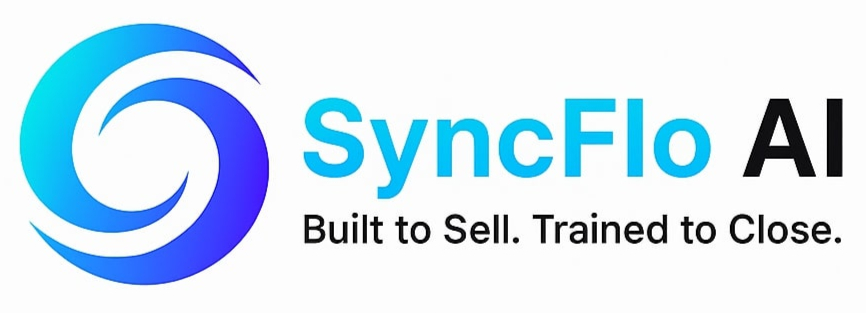In a monumental leap for artificial intelligence, Meta AI has announced the release of DINOv3, a new vision model that could fundamentally change how we train AI. Unlike traditional models that require massive, meticulously labeled datasets to learn, DINOv3 is a self-supervised model. This means it learns to understand images on its own by simply observing them—without a single human annotation.
This isn't just a small step forward; it's a giant leap. By leveraging an innovative technique called Gram anchoring, DINOv3 overcomes the limitations of previous models. It was trained on an unprecedented scale, consuming a staggering 1.7 billion unlabeled images and boasting 7 billion parameters. The result is a single, frozen vision backbone that can outperform specialized, fine-tuned solutions on a wide range of dense prediction tasks, including semantic segmentation, object detection, and even video tracking.
“For the first time, a single frozen vision backbone outperforms specialized solutions on multiple long-standing dense prediction tasks, all with no fine-tuning required.”
The implications of this are enormous. For industries like climate science, robotics, and medical imaging, where labeled data is scarce or impossible to obtain, DINOv3 offers a revolutionary solution. Organizations like the World Resources Institute are already using DINOv3 to monitor deforestation from satellite imagery with astonishing accuracy, while NASA's JPL is exploring its use for Mars exploration robots.
Meta's decision to release DINOv3 under a commercial license with a full suite of pre-trained models and code further signals its commitment to fostering an open, collaborative ecosystem. This move democratizes powerful vision AI, making it accessible to researchers and developers worldwide and paving the way for a future where AI can learn to see the world with less human intervention than ever before.

